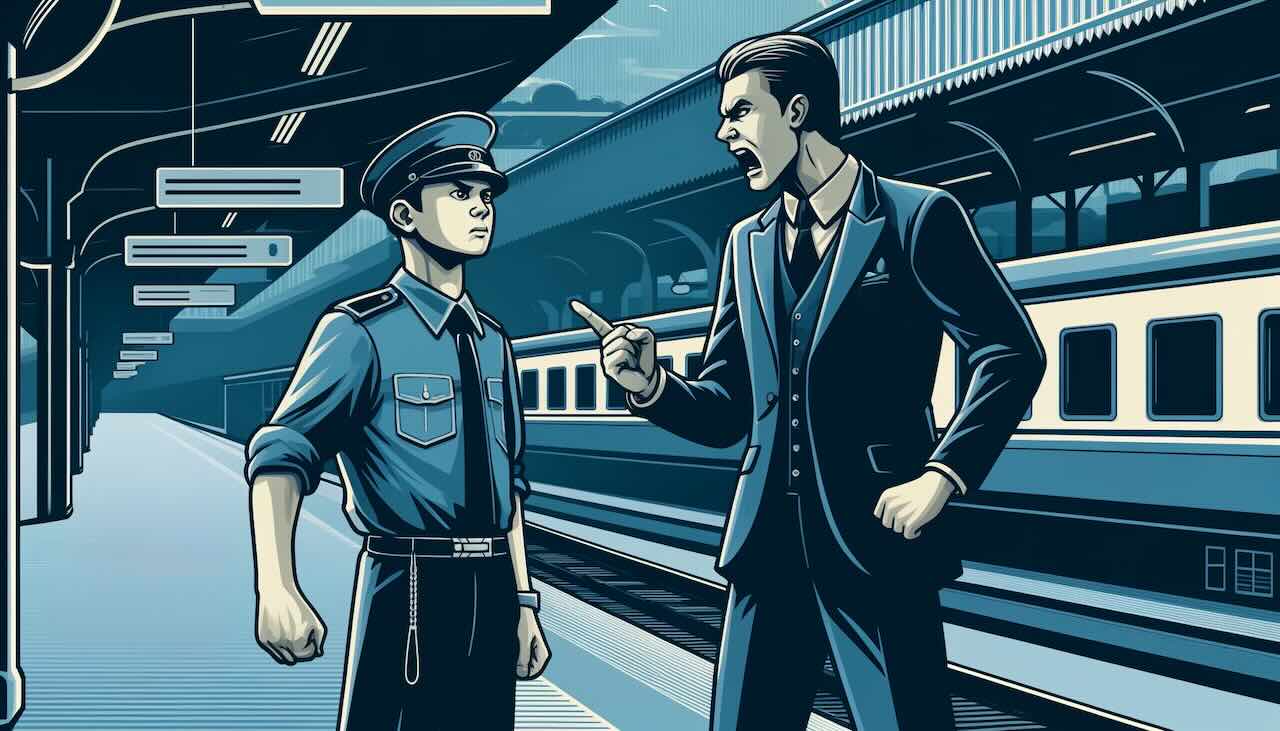What is Customer Harassment?
Customer harassment, also known as “custormer,” refers to abusive behavior from customers towards employees. This can include verbal abuse, physical violence, sexual harassment, and other inappropriate actions. In recent years, customer harassment has become a growing concern, particularly in the service industry, as it can negatively impact employees’ mental and physical well-being and their motivation to work.
Customer Harassment vs. Complaints
While both customer harassment and complaints are directed from customers to employees, they differ in content and purpose. Complaints express dissatisfaction or a desire for improvement regarding products or services, and they serve a constructive purpose. In contrast, customer harassment aims to attack or humiliate individual employees and lacks any constructive intent.
Customer Harassment vs. Requests
Requests are specific suggestions for improvements or additional services related to products or services. On the other hand, customer harassment involves making unreasonable demands or adopting an intimidating attitude towards individual employees. Requests are based on business necessities, while customer harassment stems from personal emotions or desires.
Examples of Customer Harassment
Customer harassment can take various forms, including:
- Yelling, shouting, or using abusive language
- Physical violence or throwing objects
- Forcing sexual language or physical contact
- Making unreasonable demands or imposing impossible tasks
- Using words that deny an individual’s dignity
Measures Against Customer Harassment
To address customer harassment, the following measures can be effective:
- Conduct training and awareness-raising activities within the company to deepen understanding of customer harassment
- Establish and communicate a response manual for when customer harassment occurs
- Create a support system for employees who have been victims of customer harassment
- Take a firm stance against malicious customers and, if necessary, take legal action
Conclusion
Customer harassment is a serious issue that undermines the dignity of service industry employees and diminishes their motivation to work. It is essential to understand the difference between customer harassment and complaints or requests and to respond appropriately. Companies should strive to prevent customer harassment by taking proactive measures and creating a safe working environment for their employees.





















